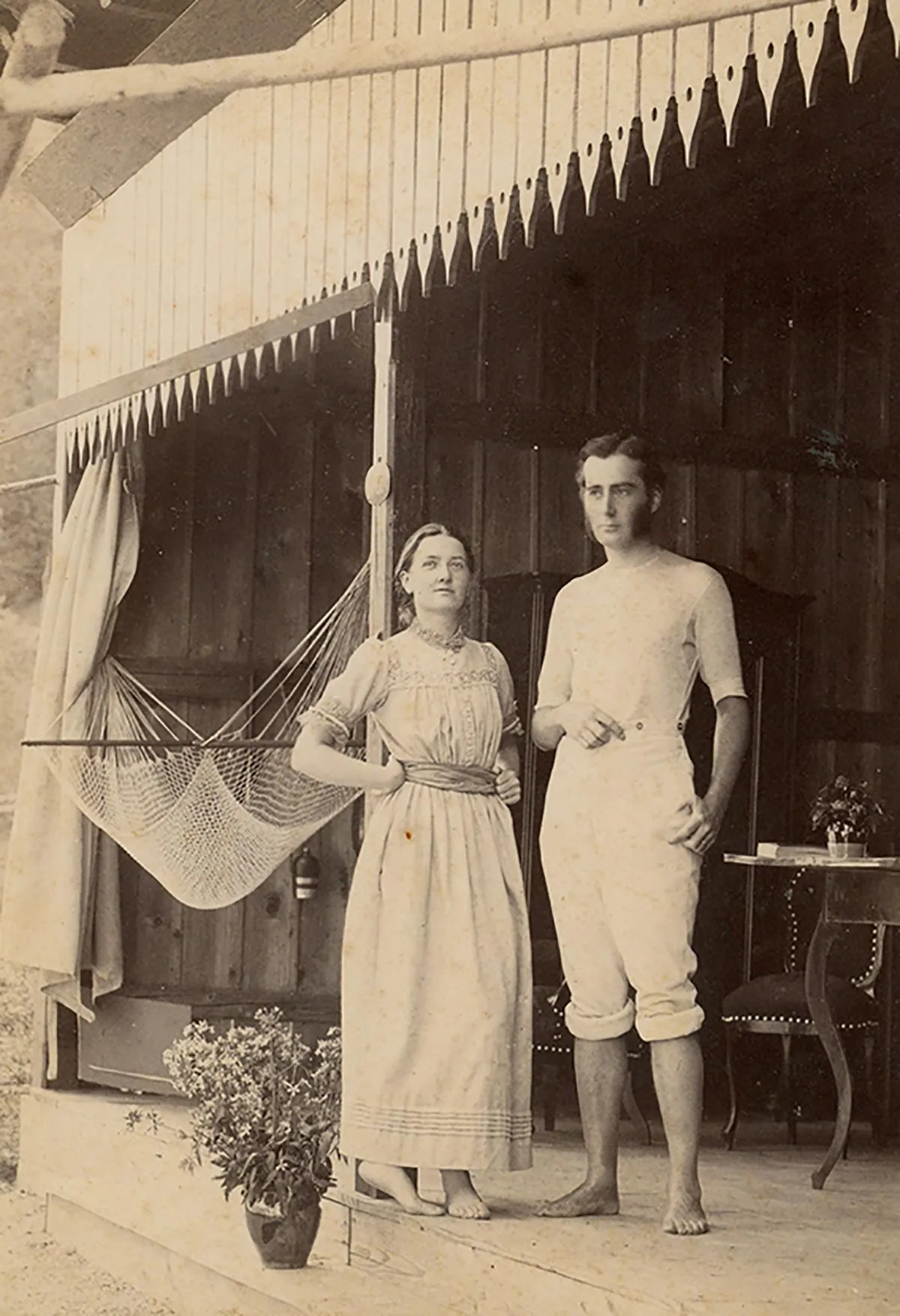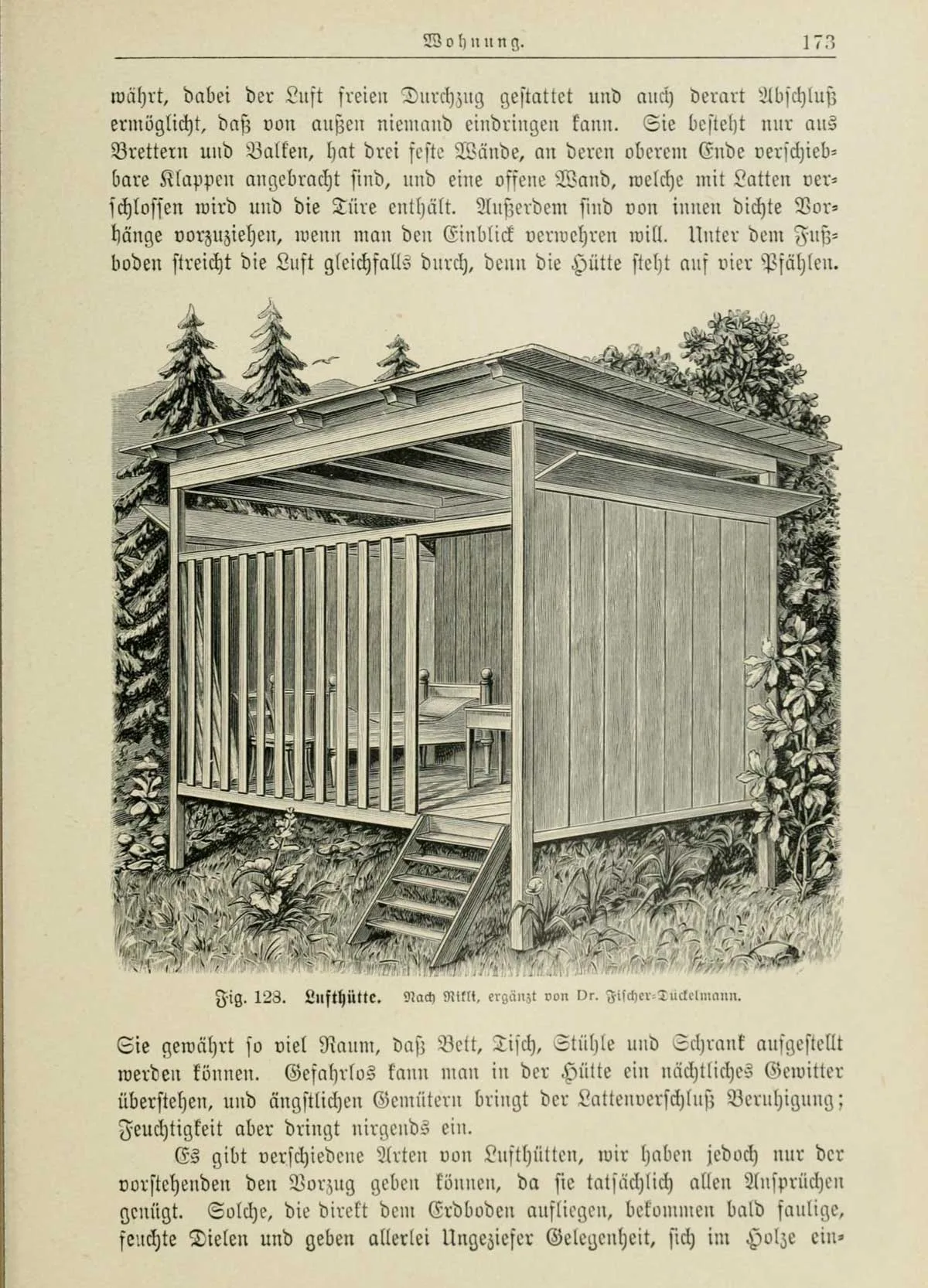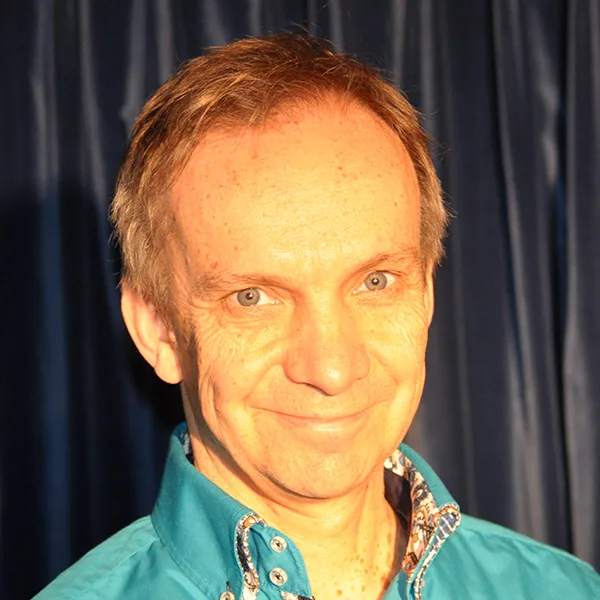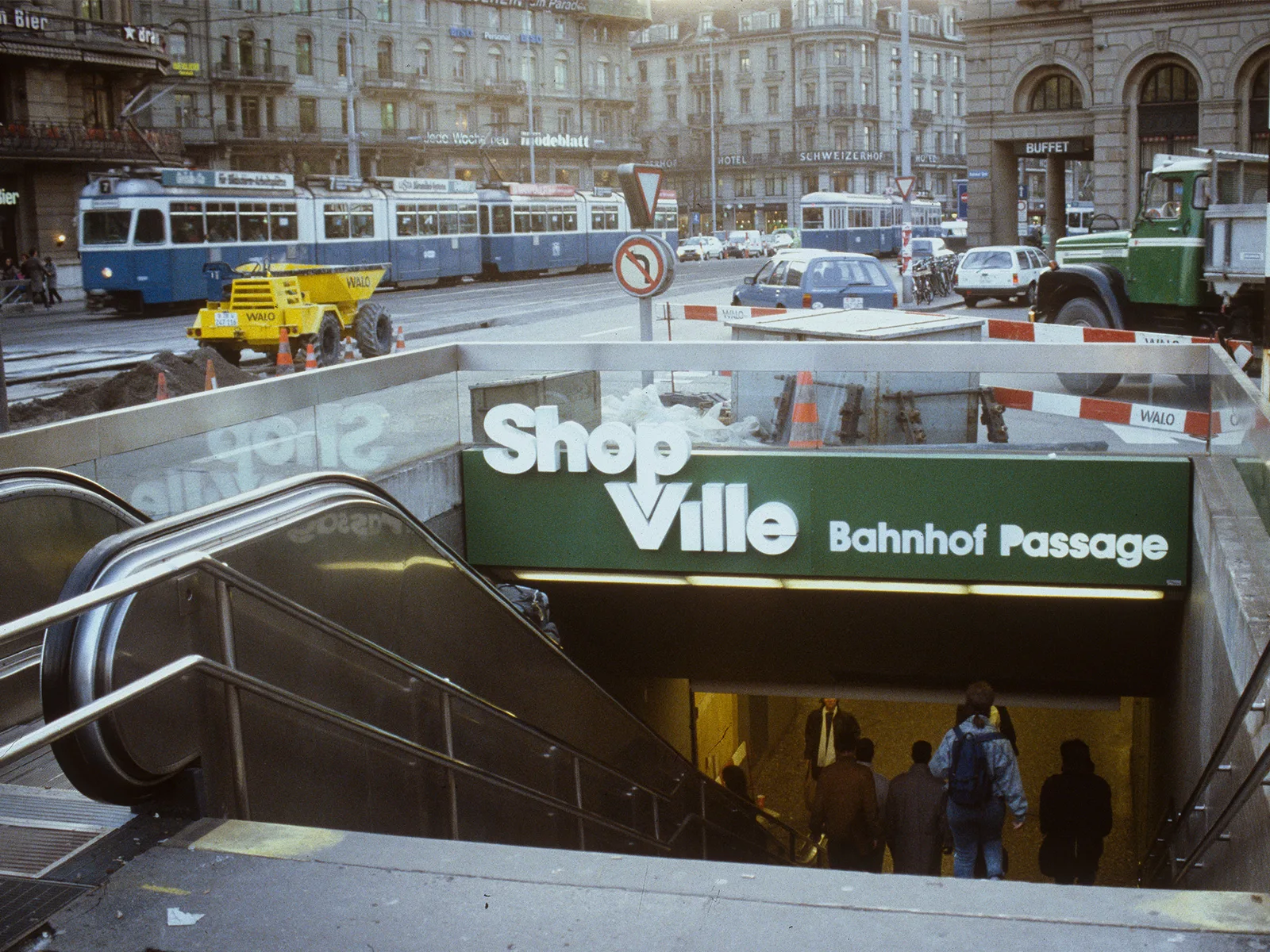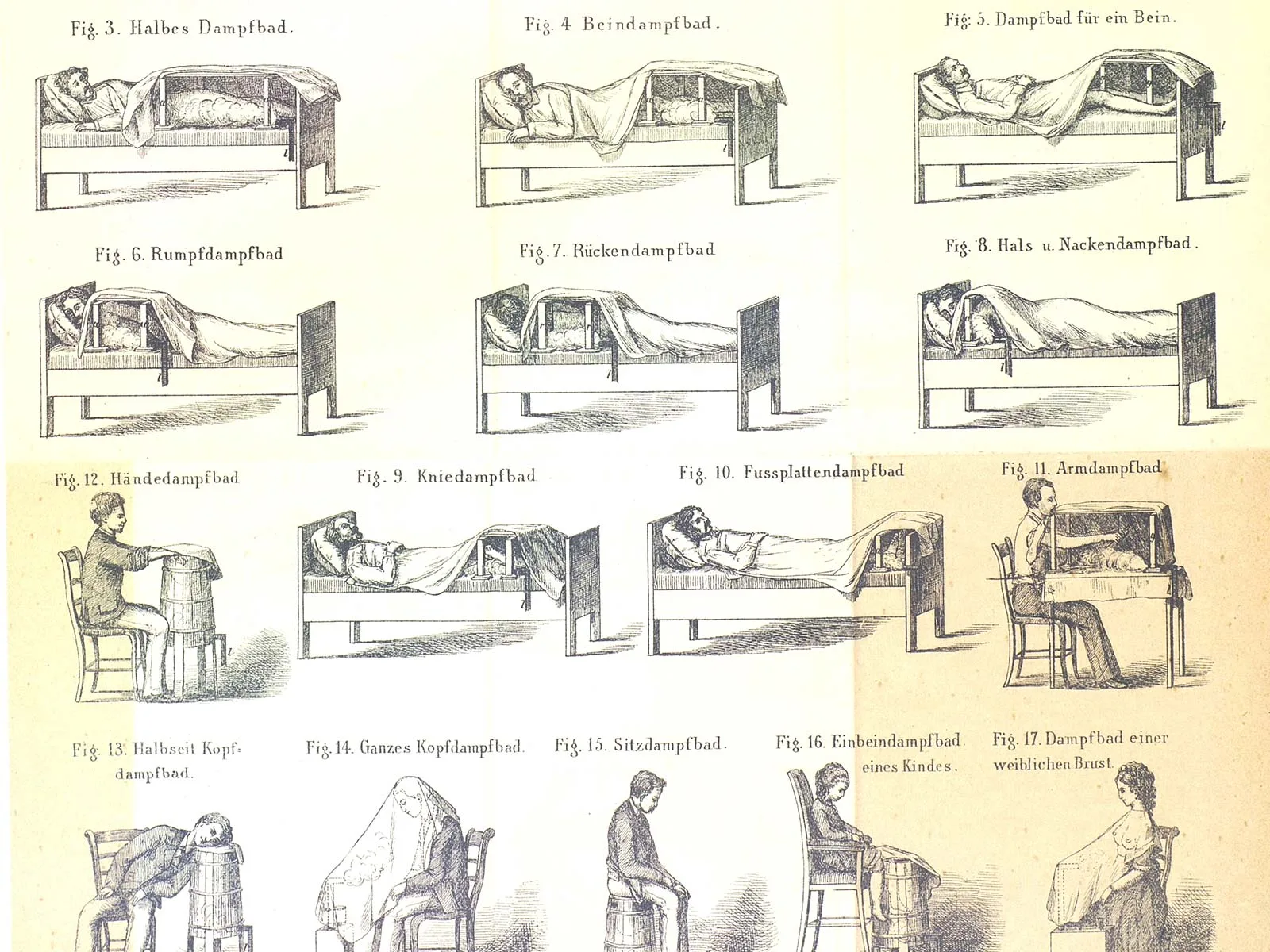
The naked sun doctor
Opinions were divided on naturopath Arnold Rikli. He delivered his holistic form of treatment, which involved bathing in the nude, at a sanatorium he had set up himself. Not in Switzerland, but in what is now Slovenia. The Monte Verità counterculture group was inspired, ultimately, by many of Rikli’s ideas and practices.

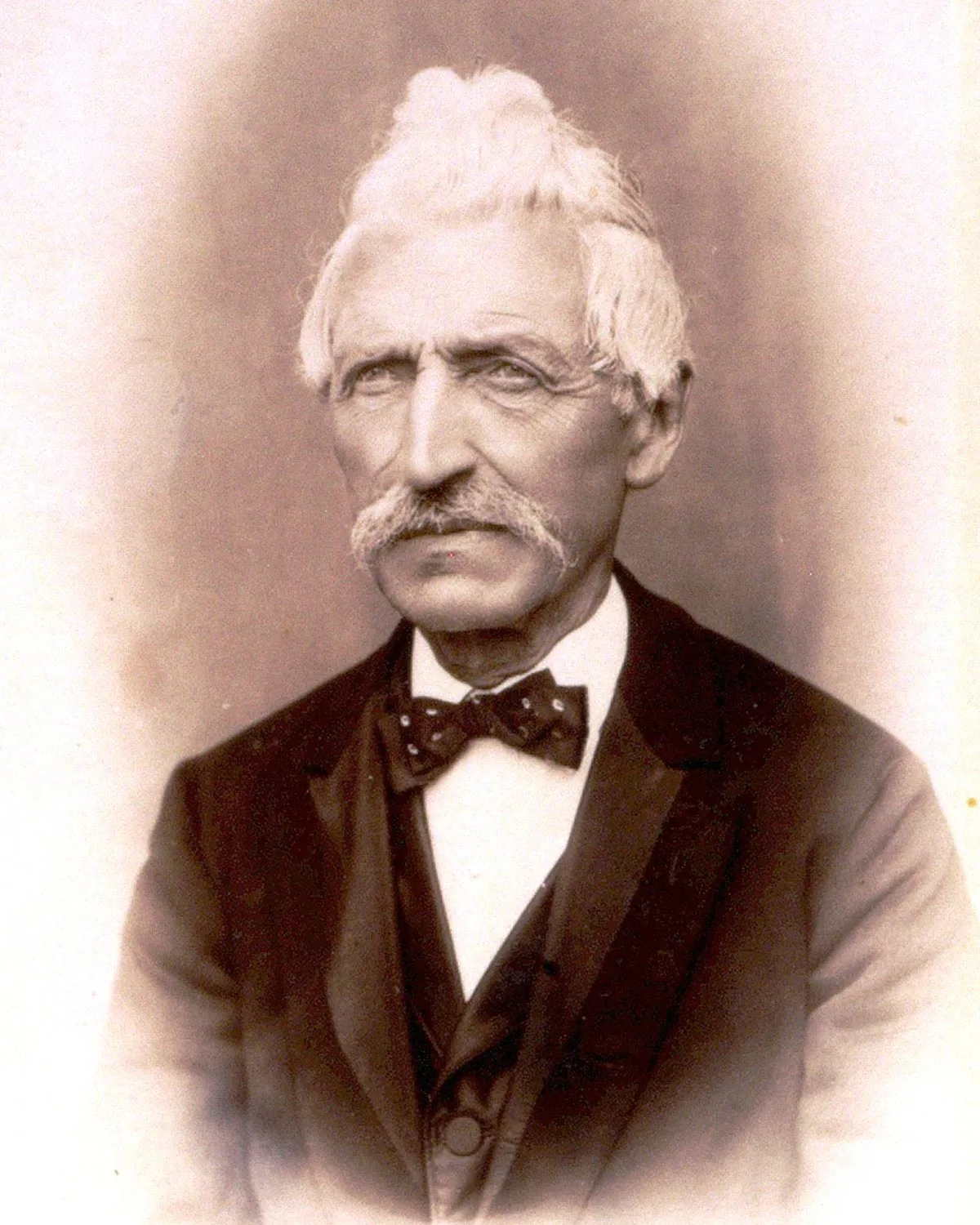
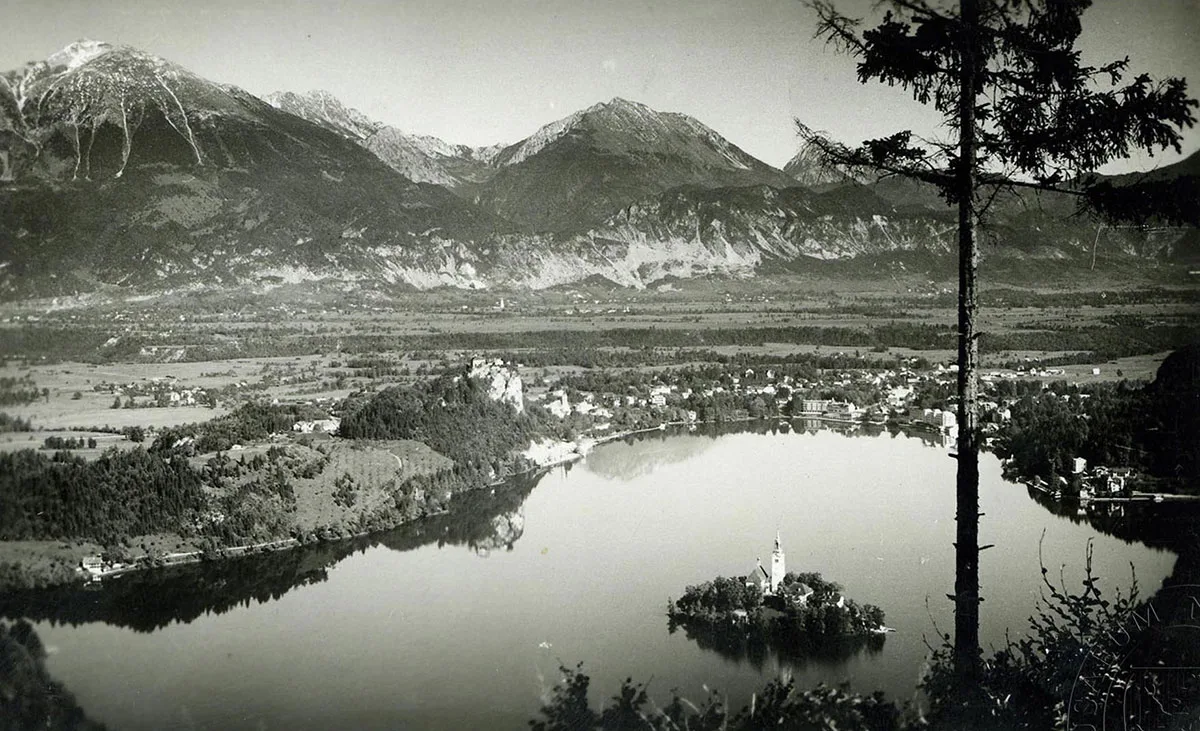
Water is good, of course, but it won’t do it all; air is better, and sunlight best of all!
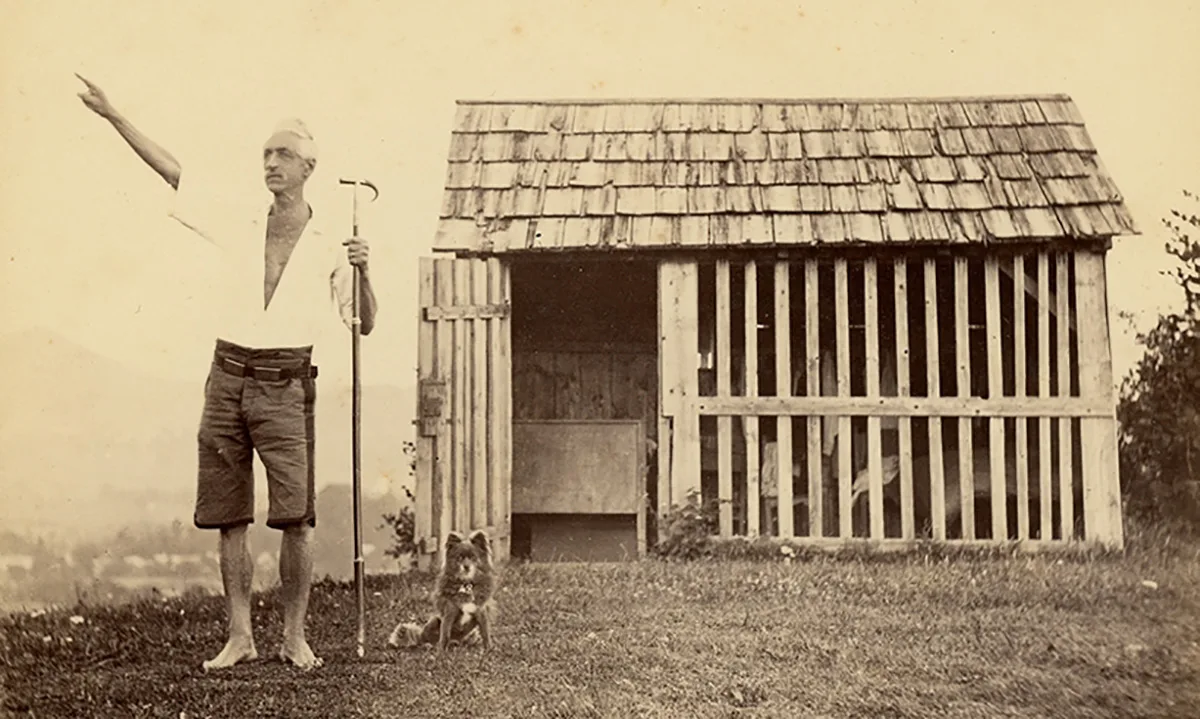
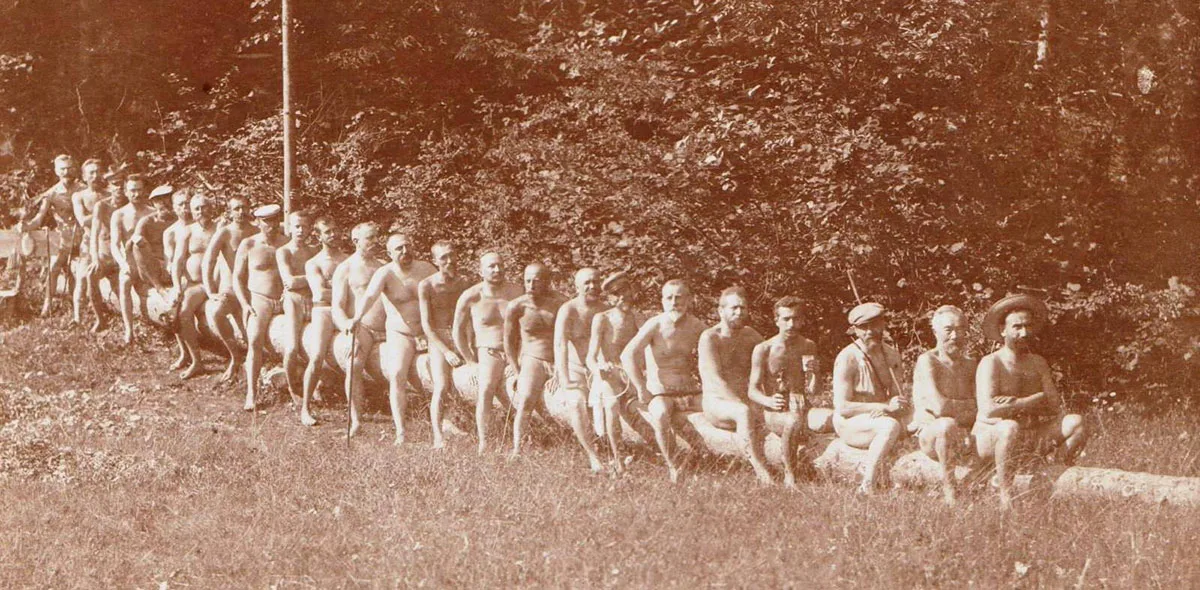
The germ of Monte Verità
